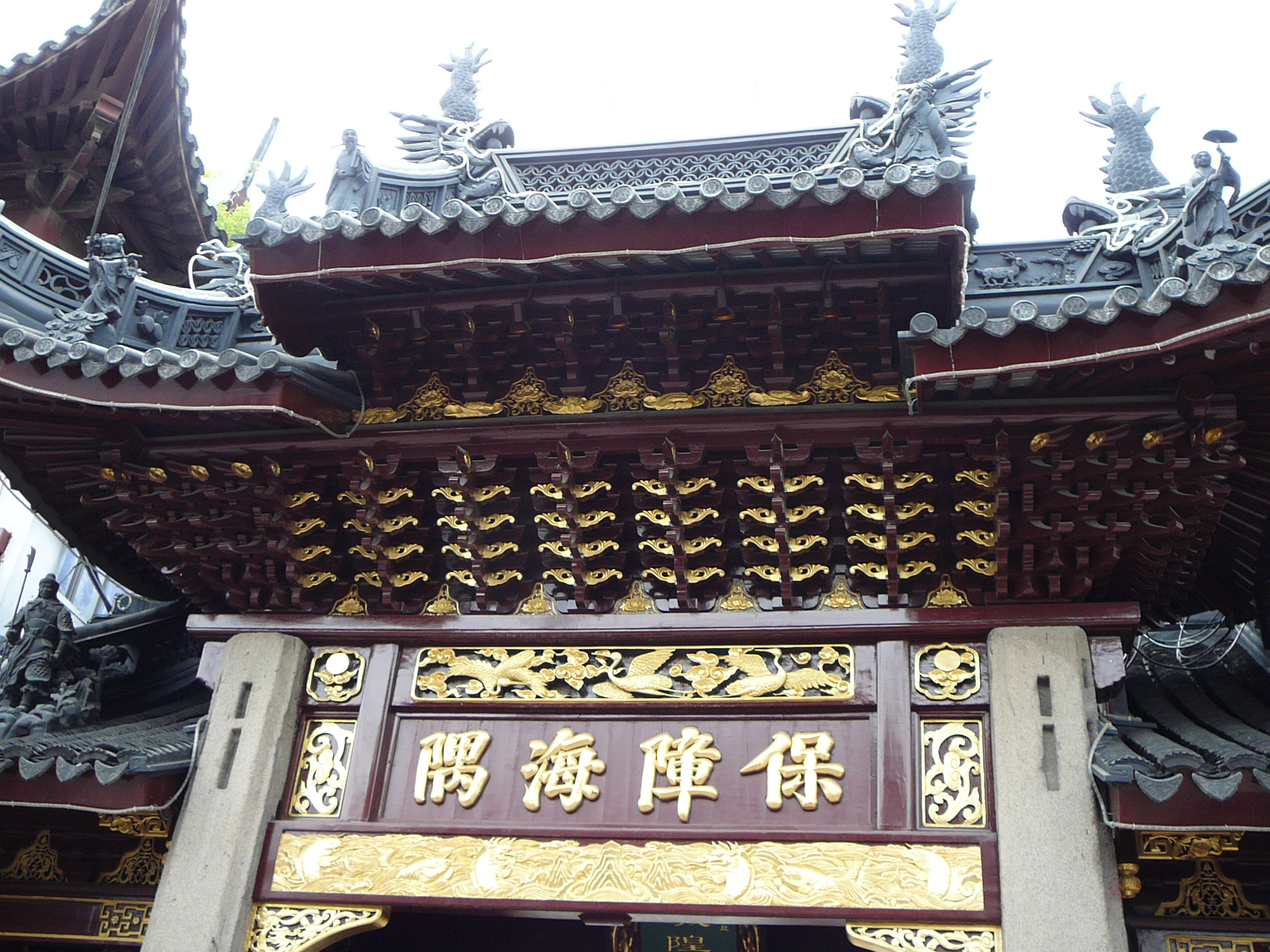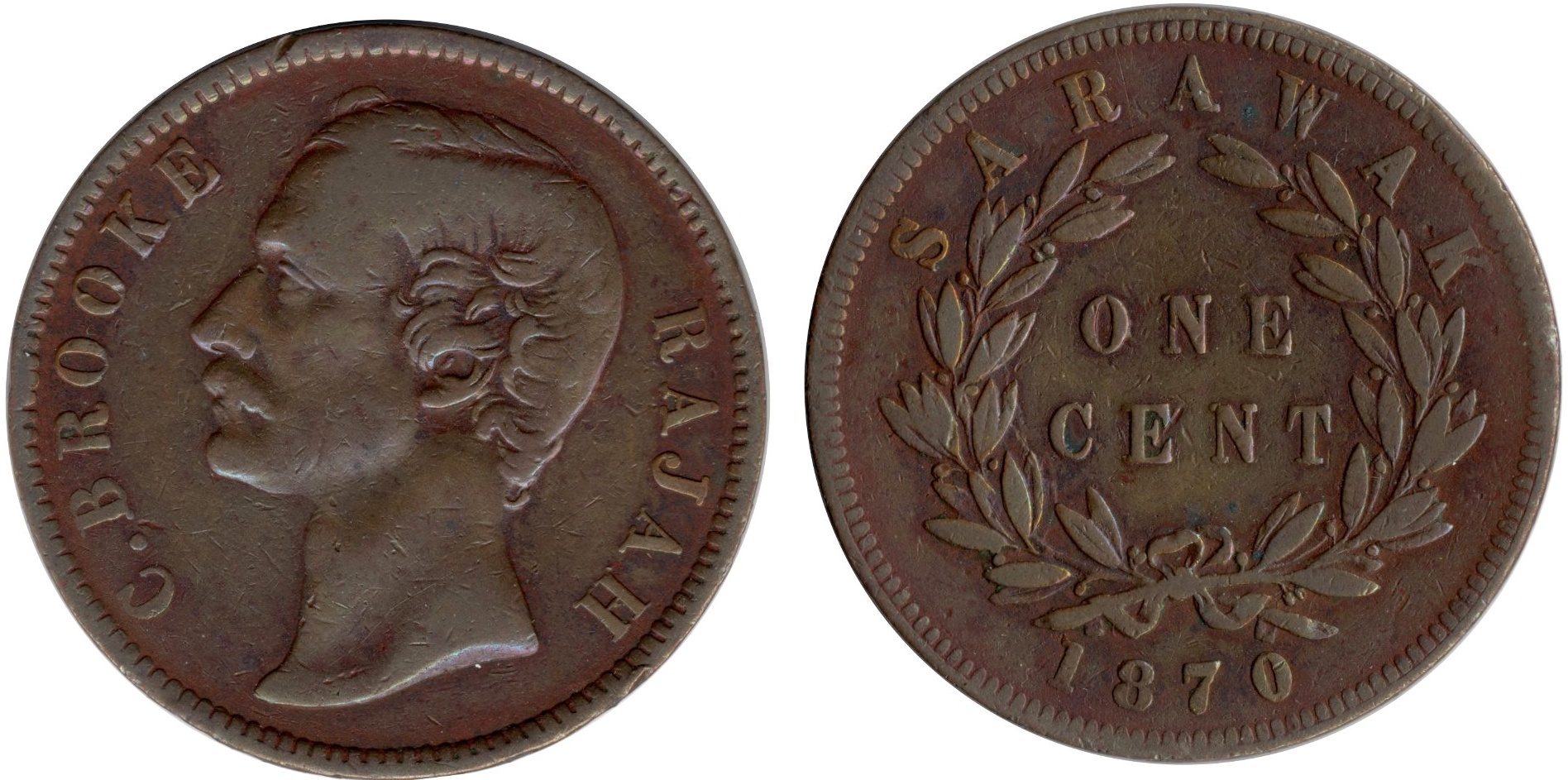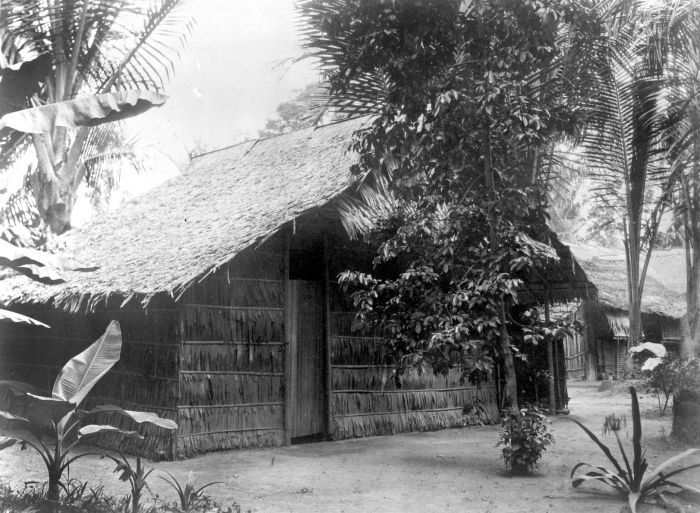|
Chinatown, Kuching
Chinatown is located at Padungan road, Kuching, Sarawak, Malaysia. The most notable streets in the Chinatown are Main Bazaar and Carpenter Street. History Early transportation in South East Asia were heavily dependent on rivers. Therefore, Chinese settlers usually named the first street near the river as "Hai Gan Street" (海乾街) which means "at the edge of river/sea". However, Hai Chun Street (海唇街, meaning lips of the sea) was given for the first street in Kuching (now popularly known as "Main Bazaar") near Sarawak River. It is the oldest street in Kuching. Wharves and jetties can be found nearby the street for loading and unloading of goods. Hong San Si Temple (鳳山寺) is located in the east while the Old Court House is located in the western part of the street. In 1839, while Sarawak was still under the Bruneian Empire administration, the area was inhabited by only a few households while the surroundings were covered by forests. According to official Chinese docu ... [...More Info...] [...Related Items...] OR: [Wikipedia] [Google] [Baidu] |
Padungan
Padungan is a main city area of Kuching, Sarawak, Malaysia. The Kuching South City Council The Council of the City of Kuching South ( ms, Majlis Bandaraya Kuching Selatan, abbreviated MBKS) is the city council which administers the southern part of the city of Kuching in the state of Sarawak, Malaysia. This council was established after ... (MBKS) headquarters is located there. Kuching {{Sarawak-geo-stub ... [...More Info...] [...Related Items...] OR: [Wikipedia] [Google] [Baidu] |
Tua Pek Kong Temple, Kuching
zh, 古晉大伯公廟 , image = Tua Pek Kong, Kuching.jpg , caption = , location = Kuching , coordinates = , religious_affiliation = Taoism , district = Kuching District , state = Sarawak , country = Malaysia , established = 1770 , architecture_type = Chinese temple Tua Pek Kong Temple ( zh, 古晉大伯公廟) (also called as Siew San Teng Temple, ) is a Chinese temple situated near the waterfront of Kuching, Sarawak, Malaysia, opposite the Chinese History Museum. It is the oldest temple in the city and formed a part of the Kuching Heritage Trail. History The temple is believed to had been in existence before 1839. Much of its history can only be traced back to 1843 with renovations made in 1856, 1863 and 1880. The temple survived the 1884 Great Fire of Kuching and later the Japanese invasion during World War II in 1941 when its structure remained inta ... [...More Info...] [...Related Items...] OR: [Wikipedia] [Google] [Baidu] |
Chinatowns In Malaysia
Chinatowns in Asia are widespread with a large concentration of overseas Chinese in East Asia and Southeast Asia and ethnic Chinese whose ancestors came from southern China - particularly the provinces of Guangdong, Fujian, and Hainan - and settled in countries such as Brunei, Cambodia, East Timor, Indonesia, India, Laos, Malaysia, Myanmar, the Philippines, Singapore, Sri Lanka, Thailand, Vietnam, Japan and Korea centuries ago—starting as early as the Tang Dynasty, but mostly notably in the 17th through the 19th centuries (during the reign of the Qing Dynasty), and well into the 20th century. Today the Chinese diaspora in Asia is largely concentrated in Southeast Asia however the legacy of the once widespread overseas Chinese communities in Asia is evident in the many Chinatowns that are found across East, South and Southeast Asia. These ethnic Chinese arrived from southern mainland China and were mainly Chinese people of Cantonese (Vietnam, Cambodia, Singapore, Thailand, ... [...More Info...] [...Related Items...] OR: [Wikipedia] [Google] [Baidu] |
Paifang
A ''paifang'', also known as a ''pailou'', is a traditional style of Chinese architectural arch or gateway structure. Evolved from the Indian subcontinent's ''torana'' through the introduction of Buddhism to China, it has developed many styles and has been introduced to other East Asian countries, such as Korea, Japan, and Vietnam. Etymology The word ''paifang'' () was originally a collective term for the top two levels of administrative division and subdivisions of ancient Chinese cities. The largest division within a city in ancient China was a ''fang'' (), equivalent to a current day ward. Each ''fang'' was enclosed by walls or fences, and the gates of these enclosures were shut and guarded every night. Each ''fang'' was further divided into several ''pai'' (), which is equivalent to a current day (unincorporated) community. Each ''pai'', in turn, contained an area including several hutongs (alleyways). This system of urban administrative division and subdivision reached an ... [...More Info...] [...Related Items...] OR: [Wikipedia] [Google] [Baidu] |
Coconut Jam
The coconut tree (''Cocos nucifera'') is a member of the palm tree family (Arecaceae) and the only living species of the genus ''Cocos''. The term "coconut" (or the archaic "cocoanut") can refer to the whole coconut palm, the seed, or the fruit, which botanically is a drupe, not a nut. The name comes from the old Portuguese word '' coco'', meaning "head" or "skull", after the three indentations on the coconut shell that resemble facial features. They are ubiquitous in coastal tropical regions and are a cultural icon of the tropics. The coconut tree provides food, fuel, cosmetics, folk medicine and building materials, among many other uses. The inner flesh of the mature seed, as well as the coconut milk extracted from it, form a regular part of the diets of many people in the tropics and subtropics. Coconuts are distinct from other fruits because their endosperm contains a large quantity of clear liquid, called ''coconut water'' or ''coconut juice''. Mature, ripe coconuts c ... [...More Info...] [...Related Items...] OR: [Wikipedia] [Google] [Baidu] |
The Astana, Sarawak
The Astana (Malay: ''Astana Negeri Sarawak'') is a palace in Kuching, Sarawak, Malaysia, on the north bank of the Sarawak River, opposite the Kuching Waterfront. It is the official residence of the Yang di-Pertua Negeri Sarawak, the governor of Sarawak. The name is a variation of 'istana', meaning 'palace'. It was built in 1870 by the second White Rajah, Charles Brooke, as a wedding gift to his wife, Margaret Alice Lili de Windt. The palace is not normally open to the public, although the landscaped gardens are, which can be reached by a boat ride across the Sarawak River. It is part of the Kuching Heritage Trail. History The Astana, then called Government House, was built in 1870 by the second White Rajah, Charles Brooke, as a wedding gift to his wife, Margaret Alice Lili de Windt. The couple married at Highworth, Wiltshire on 28 October 1869 and she was raised to the title of Ranee of Sarawak with the style of Her Highness upon their marriage. Ranee Margaret arrived in Sar ... [...More Info...] [...Related Items...] OR: [Wikipedia] [Google] [Baidu] |
Guangdong
Guangdong (, ), alternatively romanized as Canton or Kwangtung, is a coastal province in South China on the north shore of the South China Sea. The capital of the province is Guangzhou. With a population of 126.01 million (as of 2020) across a total area of about , Guangdong is the most populous province of China and the 15th-largest by area as well as the second-most populous country subdivision in the world (after Uttar Pradesh in India). Its economy is larger than that of any other province in the nation and the fifth largest sub-national economy in the world with a GDP (nominal) of 1.95 trillion USD (12.4 trillion CNY) in 2021. The Pearl River Delta Economic Zone, a Chinese megalopolis, is a core for high technology, manufacturing and foreign trade. Located in this zone are two of the four top Chinese cities and the top two Chinese prefecture-level cities by GDP; Guangzhou, the capital of the province, and Shenzhen, the first special economic zone in the count ... [...More Info...] [...Related Items...] OR: [Wikipedia] [Google] [Baidu] |
Charles Brooke, Rajah Of Sarawak
Sir Charles Brooke, Rajah of Sarawak, GCMG (''Charles Anthoni Johnson Brooke''; 3 June 1829 – 17 May 1917), born ''Charles Anthoni Johnson'', ruled as the head of state of Raj of Sarawak from 3 August 1868 until his death. He succeeded his uncle, James Brooke, as the second White Rajah of this small country on the coast of Borneo. Biography Charles Anthoni Johnson, was born in Berrow Vicarage, Burnham, Somerset, in England, to the Rev. Francis Charles and Emma Frances Johnson, née Brooke. Emma was the younger sister of James Brooke, the first Rajah of Sarawak. In addition to Charles, Francis and Emma had other children: Captain John Brooke Johnson (1823–1868) (later Brooke Brooke), Mary Anna Johnson (b. 1824), Harriet Helena Johnson (b. 1826), Charlotte Frances Johnson (b. 1828), Captain (William) Frederic Johnson (b. 1830), Emma Lucy Johnson (b. 1832), Margaret Henrietta Johnson (1834–1845), Georgianna Brooke Johnson (1836–1854), James Stuart Johnson (1839–1840) ... [...More Info...] [...Related Items...] OR: [Wikipedia] [Google] [Baidu] |
Chinese History Museum
The Chinese History Museum Kuching ( ms, Muzium Sejarah Cina Kuching) is a museum in Kuching, Sarawak, Malaysia. The museum is about the history of the Chinese people in Sarawak. History The museum building was constructed in 1912 and was used to be the headquarter of the Sarawak Chinese Chamber of Commerce until 1921. It was later converted into the Chinese History Museum Kuching and officially opened to the public by Assistant Minister of Culture, Youth and Sports Yap Chin Loi on 23 October 1993. In 2010, the museum exhibition underwent renovation which now includes short videos. Exhibitions The museum displays various artifacts related to Chinese affairs of Sarawak during the White Rajahs era, such as musical instruments, jade, ceramics, photos etc. See also * List of museums in Malaysia This is a list of museums in Malaysia. Johor * Bugis Museum * Figure Museum * Johor Bahru Chinese Heritage Museum * Kite Museum * Kota Johor Lama Museum * Kota Tinggi Museum * ... [...More Info...] [...Related Items...] OR: [Wikipedia] [Google] [Baidu] |
Attap Dwelling
An attap dwelling is traditional housing found in the kampongs of Brunei, Indonesia, Malaysia and Singapore. Named after the attap palm, which provides the wattle for the walls, and the leaves with which their roofs are thatched, these dwellings can range from huts to substantial houses. Until the nineteenth century even significant public buildings such as temples were built in this manner. The attap dwelling was used as the inspiration for the natural cross ventilation system for Newton Suites, by WOHA WOHA is a Singaporean multinational architectural industrial design firm. First established in 1994 by Wong Mun Summ and Richard Hassell, its name is derived from the initial letters of the founders’ surnames. Based out of Singapore ... Architects, Singapore. References Sources Normand-Prunieres, Helene. 'Malaysian Dwellings', ''Proceedings of ENHR International Housing Conference 2004'', (Cambridge: University, 2004) House types Architecture in Indonesia ... [...More Info...] [...Related Items...] OR: [Wikipedia] [Google] [Baidu] |
Teochew People
The Teochew people or Chaoshan people (rendered Têo-Swa in romanized Teoswa and Chaoshan in Standard Chinese also known as Teo-Swa in mainland China due to a change in place names) is anyone native to the historical Chaoshan region in south China who speak the Teo-Swa Min (Chaoshan) language (typified by the Chaozhou dialect). Today, most Chaoshan people live throughout Chaoshan, Hong Kong, and also outside China in Southeast Asia, including in Singapore, Malaysia, Thailand, Cambodia, Vietnam, Philippines, and Indonesia. The community can also be found in diasporas around the world, including the United States, Canada, Australia, New Zealand, and France. Terms Chaoshan can be romanized in a variety of schemes, and are known in Mandarin as ''Cháoshan rén'' and in Cantonese as ''Chiushan yan''. In referring to themselves as ethnic Chinese, Chaoshan people generally use ''Deung nang'' (), as opposed to ''Hang nang'' (). Chaoshan people of the diaspora would generally use ''ti ... [...More Info...] [...Related Items...] OR: [Wikipedia] [Google] [Baidu] |
Hokkien
The Hokkien () variety of Chinese is a Southern Min language native to and originating from the Minnan region, where it is widely spoken in the south-eastern part of Fujian in southeastern mainland China. It is one of the national languages in Taiwan, and it is also widely spoken within the Chinese diaspora in Singapore, Indonesia, Malaysia, the Philippines and other parts of Southeast Asia; and by other overseas Chinese beyond Asia and all over the world. The Hokkien 'dialects' are not all mutually intelligible, but they are held together by ethnolinguistic identity. Taiwanese Hokkien is, however, mutually intelligible with the 2 to 3 million speakers in Xiamen and Singapore. In Southeast Asia, Hokkien historically served as the '' lingua franca'' amongst overseas Chinese communities of all dialects and subgroups, and it remains today as the most spoken variety of Chinese in the region, including in Singapore, Malaysia, Indonesia, Philippines and some parts of Indochina (part ... [...More Info...] [...Related Items...] OR: [Wikipedia] [Google] [Baidu] |








.png)